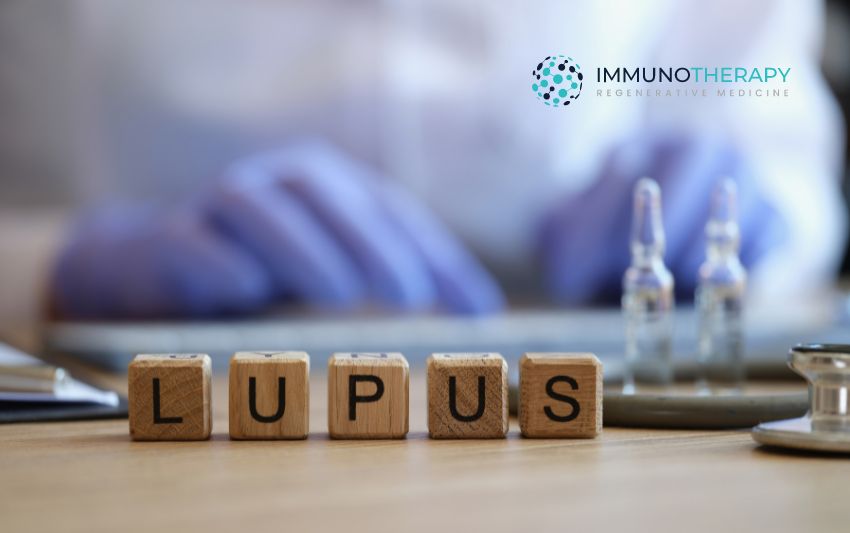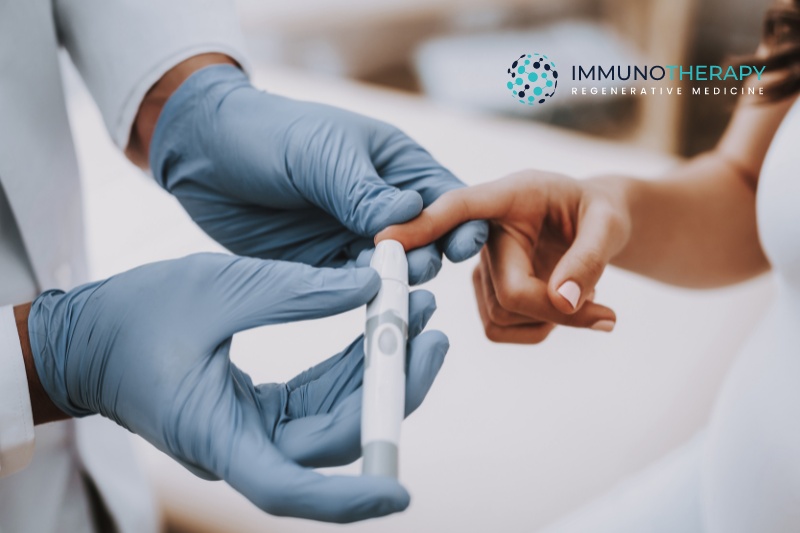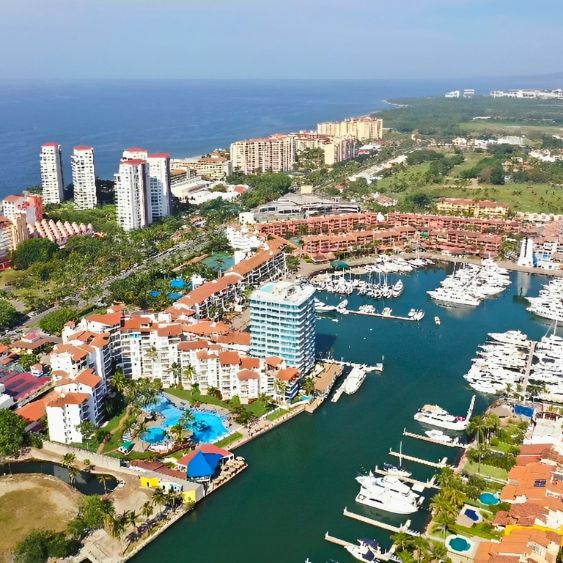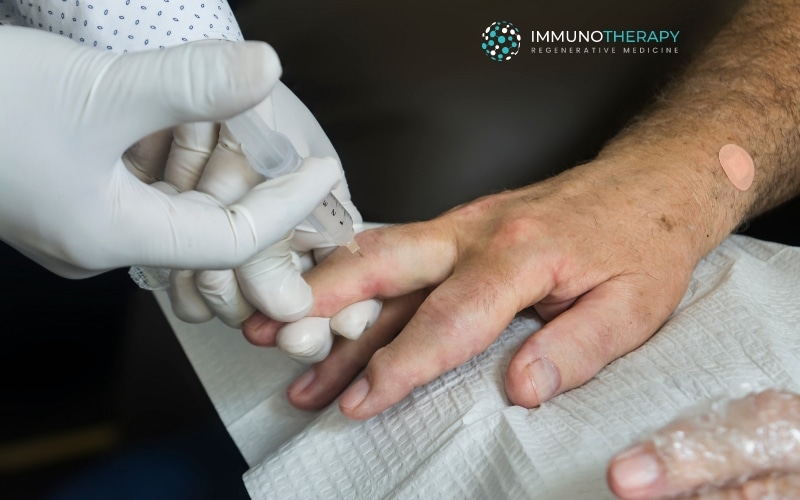Stem cell therapy and Regenerative Medicine for Degenerative Disc Disease
In this article, we explore the potential of stem cell therapy as an alternative treatment for Degenerative Disc Disease, a common condition that affects the spinal discs. Join us as we delve into the nature of the disease, its risk factors, traditional treatments, and the revolutionary potential stem cells bring to the table.
What are Degenerative Discs?
The spine is composed of 4 groups of vertebral bodies: cervical, thoracic/dorsal, lumbar, and sacral. These vertebral bodies may start decreasing their mass, either from trauma, disc dehydration, loss of calcium, or degeneration due to aging. When these changes occur, we are referring to disc degeneration.
What are the signs and symptoms of Degenerative Discs?
There are multiple signs and symptoms, depending on the area, degree of deterioration, and type of degeneration. Pain, deviation, and movement limitation are the most common symptoms. However, if a nerve is pinched due to degeneration, symptoms such as a sensation of electricity, burning, or numbness may occur, either in upper or lower limbs. A crucial complication is disc herniation, which will manifest more intense symptoms, particularly pain and local inflammation.
What are the risk factors to develop Degenerative Discs?
Everyone can develop the condition. However, there is a higher risk for disc degeneration if the patient is overweight, if they are in constant exposure to trauma, poor posture, activities that require constant bending and are performed without proper technique, a sedentary lifestyle, poor positioning, an inadequate diet (low in calcium), and consistent dehydration.
What is the approach for my condition?
Most patients opt for surgical options, again, according to the degree and presentation of the degeneration. A herniated disc requires a laminectomy, while nerve compressions are often treated with the placement of a device to provide more space where the vertebral bodies are causing the ‘nerve compression’. Some disc degeneration leads to scoliosis, which is treated with the placement of rods to stabilize and reshape the alignment of the spine. All of these treatments are effective and have been used for many years; however, the inflammation derived from the surgical trauma, the pain of the intervention, and the physical therapy required as part of the post-operative stage are very uncomfortable for the patient.
What are the treatment options for Degenerative Discs?
Due to their ability to restore damaged tissue, stem-cell infiltration is a viable option to regenerate Degenerative Discs. A direct application of stem-cells into the most affected discs will help restore their shape and proper function (support); also, due to their anti-inflammatory action, the stem-cells will help control the local inflammatory cascade, decreasing pain and compression, along with any related symptomatology. The application of PRP in those areas will also help control local inflammation, create more space in cases of compression, facilitate the transportation of stem cells, and aid in restoration.
The surrounding structures, such as muscles and/or ligaments, will also benefit by relaxing and decreasing inflammation, helping the spine recover its normal alignment; as such, symptoms regarding muscle contraction will decrease.
The recovery of mass, strength, and functionality will improve the patient’s quality of life in the long term, also according to the patient’s lifestyle and exposure to risk factors related to disc damage.





